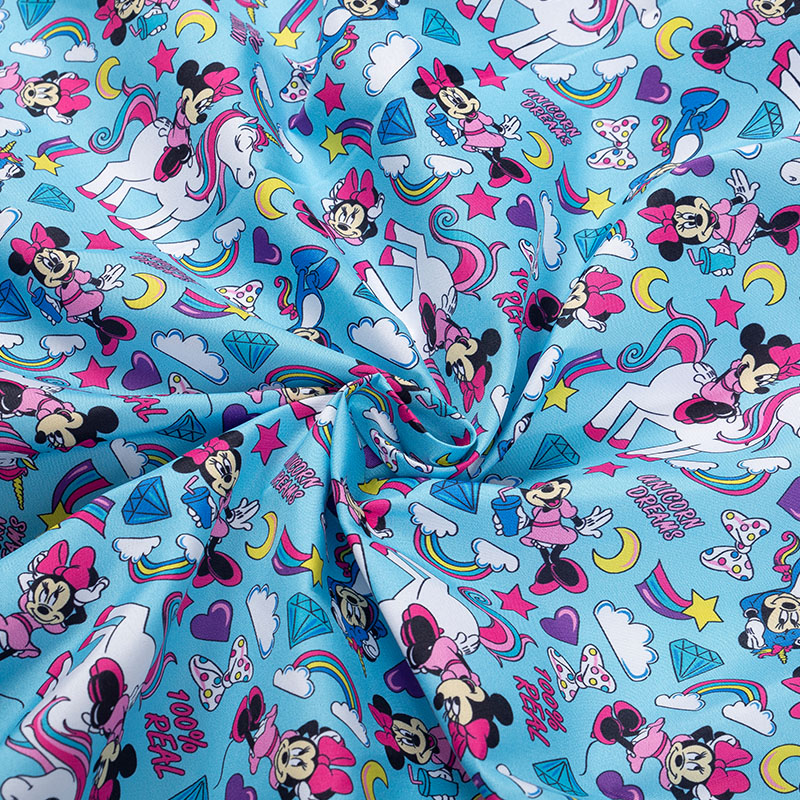Polyester digital printing fabric has become a popular choice in the textile industry due to its versatility, durability, and aesthetic appeal. This fabric is particularly favored for its ability to capture intricate designs and vibrant colors through the digital printing process. However, when considering the adoption of any new material, cost is a critical factor. This article aims to explore how the cost of production for polyester digital printing fabric compares to other fabrics and to highlight the advantages of this innovative product.
The cost of production for any fabric is influenced by several factors, including the raw material, manufacturing process, labor, and technology used. Polyester, being a synthetic fiber, is generally less expensive than natural fibers like silk or cotton. The cost of polyester is also more stable compared to natural fibers, which are subject to fluctuations due to factors like weather conditions and crop yields.
In the realm of digital printing, the process involves the use of advanced technology to print high-resolution images directly onto the fabric. This method eliminates the need for screens and film, which are required in traditional screen printing. The reduction in materials and setup time can significantly lower the production costs. Moreover, digital printing allows for greater flexibility in design, enabling shorter production runs and quick changes in design without incurring additional costs.
When comparing polyester digital printing fabric to other fabrics, it's important to consider the cost-effectiveness in terms of durability and maintenance. Polyester is known for its resistance to wrinkles, shrinking, and fading, which means it requires less maintenance and has a longer lifespan. This durability can translate into cost savings over time, as the fabric does not need to be replaced as frequently.

Another advantage of polyester digital printing fabric is its environmental impact. Digital printing uses less water and produces less waste compared to traditional methods. This eco-friendliness can be a significant selling point for consumers who are increasingly concerned about the sustainability of the products they purchase.
In terms of aesthetics, polyester digital printing fabric offers unparalleled opportunities for creativity. The digital printing process can reproduce complex designs and a wide range of colors with exceptional clarity and detail. This allows designers to bring their visions to life with a level of precision that is difficult to achieve with other printing methods.
While the initial investment in digital printing technology may be higher, the long-term cost savings in terms of material, labor, and environmental impact make polyester digital printing fabric a competitive choice. Its durability, low maintenance, and design flexibility further enhance its value, positioning it as a preferred option for various applications in the textile industry. As the market continues to evolve and technology advances, the cost-effectiveness of polyester digital printing fabric is likely to improve, making it an even more attractive option for both manufacturers and consumers.

 English
English Español
Español























.jpg?imageView2/2/format/jp2)





























